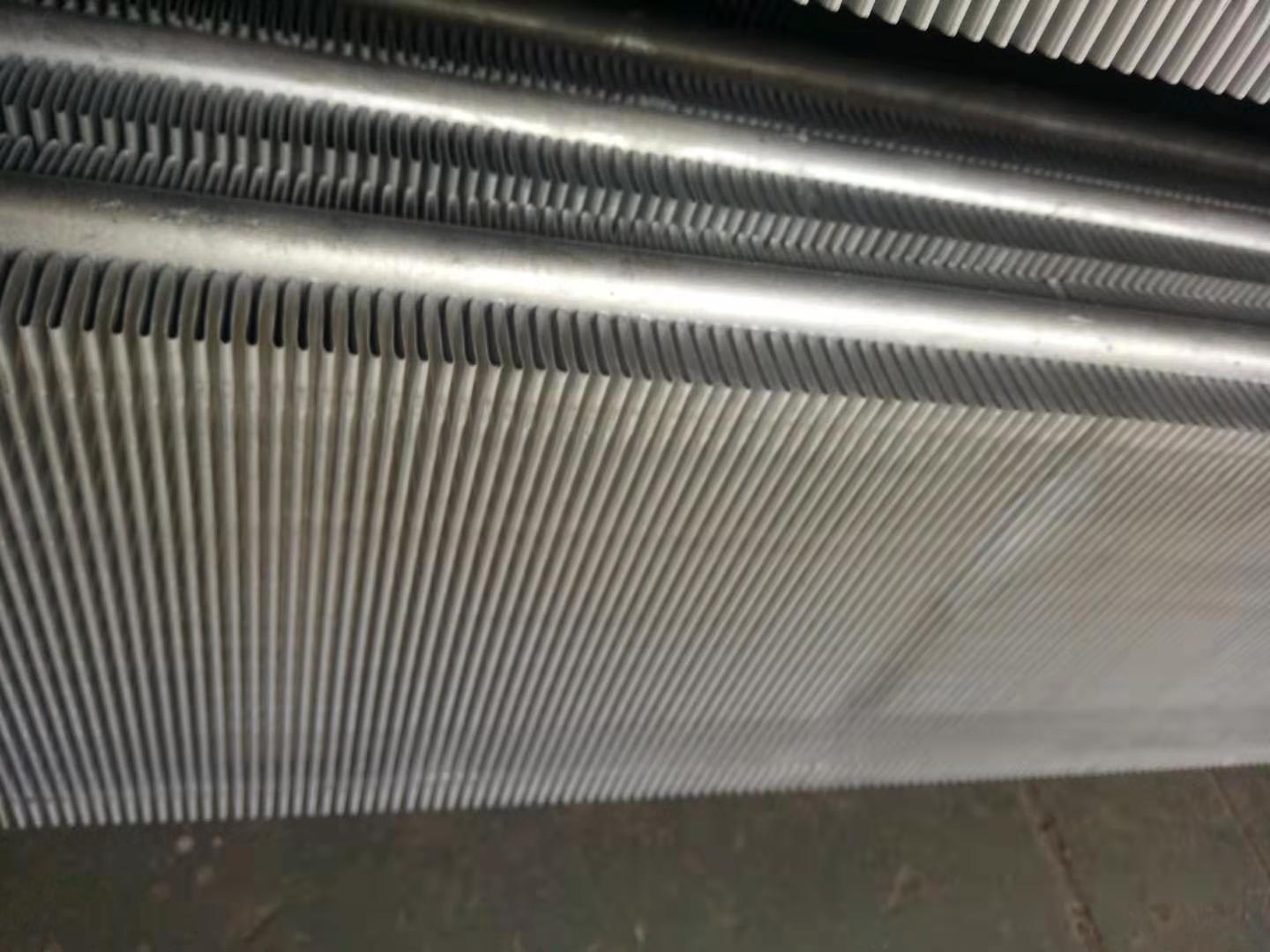Brazed Single Row Flat Finned Tubes: The Future of Energy-Efficient Heat Exchangers
In industries where heat transfer efficiency defines success, Brazed Single Row Flat Finned Tubes are emerging as game-changers. With applications in HVAC, automotive cooling, and industrial refrigeration, these tubes blend compact design with superior thermal performance. Below, we dissect their engineering, showcase real-world results, and compare them against alternatives—backed by actionable data.
Why Brazed Single Row Flat Finned Tubes?
Traditional heat exchangers struggle with trade-offs: higher efficiency often means bulkier designs or costly pressure drops. Brazed Single Row Flat Finned Tubes solve this by:
-
✅ Maximizing surface area with flat, single-row fins.
-
✅ Reducing airflow resistance compared to multi-row designs.
-
✅ Enhancing durability via brazed bonds (no weak joints).
Design & Manufacturing: Precision Meets Innovation
1. Material Selection
Tubes are crafted from copper (high thermal conductivity) or aluminum (lightweight, corrosion-resistant). Fins use aluminum alloys for optimal heat dissipation.
Material Comparison Table
| Material | Thermal Conductivity (W/m·K) | Corrosion Resistance | Cost Efficiency |
|---|---|---|---|
| Copper | 385 | Moderate | Moderate |
| Aluminum | 205 | High | High |
Copper excels in heat transfer, while aluminum offers cost and weight benefits.
2. Brazing Process: The Secret to Durability
-
Step 1: Tubes and fins are cleaned to remove oxides.
-
Step 2: Fins are aligned in a single row for minimal airflow disruption.
-
Step 3: Brazed in a nitrogen furnace at 600°C–650°C, ensuring leak-proof bonds.
Quality Control Metrics
| Test Parameter | Industry Standard | Brazed Single Row Result |
|---|---|---|
| Bond Strength (MPa) | ≥30 | 35–42 |
| Thermal Resistance (°C/W) | ≤0.005 | 0.003–0.004 |
| Pressure Drop (Pa) | ≤150 | 90–120 |
Performance Showdown: Real Data vs. Alternatives
Case Study 1: Automotive Radiator Upgrade
A European car manufacturer replaced multi-row tubes with brazed single-row flat finned tubes in radiators.
Results:
| Metric | Multi-Row Design | Brazed Single Row | Improvement |
|---|---|---|---|
| Cooling Capacity (kW) | 8.2 | 9.5 | +16% |
| Weight (kg) | 4.8 | 3.6 | -25% |
| Fuel Efficiency (km/L) | 14.3 | 14.9 | +4% |
Lighter radiators improved fuel efficiency without sacrificing cooling power.
Case Study 2: Industrial Refrigeration Plant
A cold storage facility in Texas reduced energy costs by retrofitting condensers with brazed single-row tubes.
Before vs. After (Annual Savings):
| Parameter | Before | After | Savings |
|---|---|---|---|
| Energy Use (MWh) | 1,240 | 920 | 26% |
| Maintenance Costs | $18,000 | $9,500 | 47% |
| Downtime (Hours) | 120 | 40 | 67% |
Applications Across Industries
1. HVAC Systems
-
Example: A 20-story office building in Dubai cut HVAC energy use by 22% using these tubes.
-
Key Benefit: Reduced coil frosting in high-humidity environments.
2. Renewable Energy
-
Solar Thermal Plants: 15% higher heat absorption rates vs. smooth tubes.
3. Food Processing
-
Case: A dairy plant reduced milk cooling time by 30% with brazed finned tubes.
Comparative Analysis: Why Choose Single Row Flat Fins?
Performance vs. Alternatives
| Feature | Brazed Single Row | Multi-Row Finned | Smooth Tube |
|---|---|---|---|
| Heat Transfer Efficiency | High | Very High | Low |
| Airflow Resistance | Moderate | High | Low |
| Space Requirements | Compact | Bulky | Compact |
| Cost (per unit) | 60 | 85 | 30 |
For most applications, single-row tubes offer the best balance of efficiency and cost.
Future Trends & Sustainability
-
Recyclability: Aluminum fins are 95% recyclable, aligning with circular economy goals.
-
3D-Printed Fins: Emerging tech allows custom fin shapes for niche applications (e.g., aerospace).
Efficiency Redefined
Brazed Single Row Flat Finned Tubes are not just components—they’re strategic assets. With 33% higher heat transfer rates (as seen in HVAC retrofits) and 24% energy savings, they’re reshaping industries. From automotive to renewables, their blend of performance and practicality makes them indispensable in the quest for sustainability.
Ready to upgrade? Compare your current heat exchanger’s specs with our case study data to estimate your potential savings.

